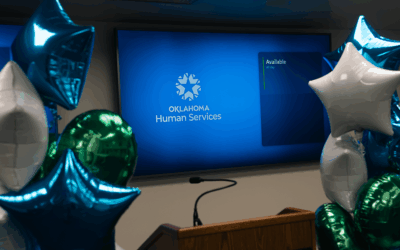When I served as Deputy Labor Secretary for the state of Kansas, and now as I work with unemployment insurance (UI) agencies across the country, one of the most prominent and concerning issues facing states that I consistently see is regarding funding. Specifically, the federal administrative grant does not cover the actual costs of administering the UI program. This inadequacy poses a significant and ongoing challenge to states as they are forced to utilize state funds to cover the shortfall to operate an efficient UI program, while strengthening program integrity.
In an effort to obtain a more realistic picture of the funding shortfall, our team recently sampled several western and midwestern states and found that they had an average state contribution to UI program funding ranging from 7% to 38%. To provide a clearer perspective and illustrate this significance of this funding shortfall issue, let’s look at one midwestern state’s numbers from the Department of Labor website:
- From Federal Fiscal Year 2012 through Federal Fiscal Year 2021 this state utilized Penalty and Interest funds to supplement their base federal administrative grant.
- The amount of Penalty and Interest funds utilized ranged from ~$300k to ~$5.3M during that time period. The years with the most state supplemental funding accounted for nearly 25% of the total UI expenditure
The National Association of State Workforce Agencies (NASWA) periodically publishes a State Supplemental Funding Survey Report. The most recent report from September 2022, in which all 50 states and the District of Columbia participated, revealed some additional eye-opening data points that confirm the widespread nature of this issue:
- 37 states used Penalty & Interest funds to supplement their UI base grant, with the median amount being $1.6 million.
- 11 states used state general funds, 16 states used a state UI administration tax, and 14 states relied on another source of state funds to supplement their UI base grant.
- In Fiscal Year 2019 alone, states collectively spent $424 million in non-base grant funds to supplement the UI program.
- The cumulative spending of non-base grant funds for UI program support for states and territories has reached $3.49 billion since 2007.
Using state funding to supplement the federal administrative grants puts undue stress on a state budget, particularly as state revenues fluctuate, and is not a viable, long-term solution.
So, what actions can states take to operate within their federal grant allocations and reserve their state funds for other essential investments?
The answer: regain and/or build staff and operational capacity needed to deliver on its mission. Regaining and building capacity within an unemployment insurance agency can be achieved through business process redesign (BPR), which involves critically examining all existing systems, processes, and workflows, ensuring benefits are delivered to customers in the most timely and efficient way possible.
To make the most of the BPR effort, states need to recognize that it requires a significant investment of time, leadership, and resources. This may involve reallocating the best resources from the current process to ensure successful implementation. Additionally state administrators must approach BPR with a radical mindset, challenging existing assumptions and traditional ways of operation to design processes that best serve customers.
Furthermore, for states undertaking system modernization efforts, BPR can help them maximize their return on investment. Specifically, identifying the ideal business model and streamlining business processes in advance of investing in a new technology solution, will help ensure agencies select the best solution and that it supports the ideal processes designed to best deliver benefits to customer.
In conclusion, though the shortcomings of the current funding model and federal grant allocation persist, there is hope. Through strategic implementation of BPR methodologies, states can take significant steps towards overcoming the challenges associated with insufficient federal administrative grant funding, paving the way for a more efficient and financially sustainable UI program.
[fusion_separator style_type=”single solid” hide_on_mobile=”small-visibility,medium-visibility,large-visibility” class=”” id=”” sep_color=”#606060″ top_margin=”25px” bottom_margin=”1px” border_size=”” icon=”” icon_circle=”” icon_circle_color=”” width=”45%” alignment=”left” /][fusion_text]








